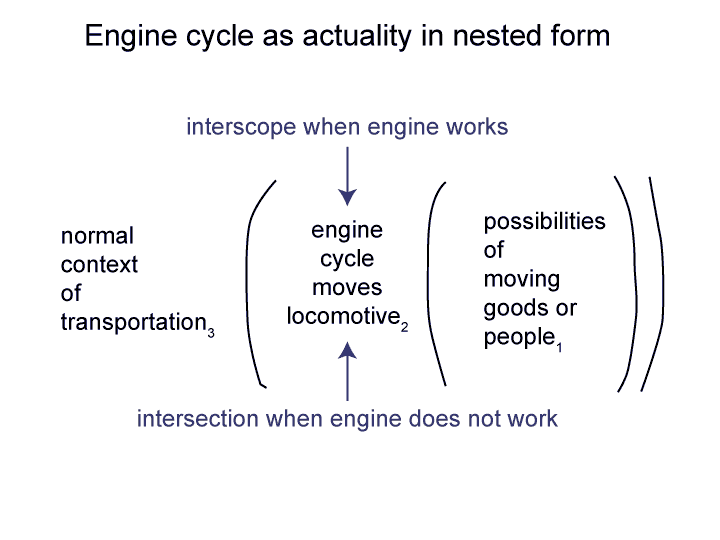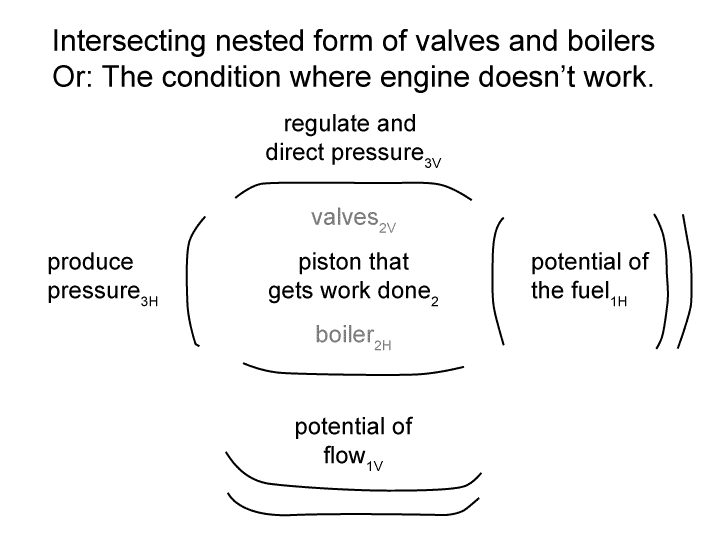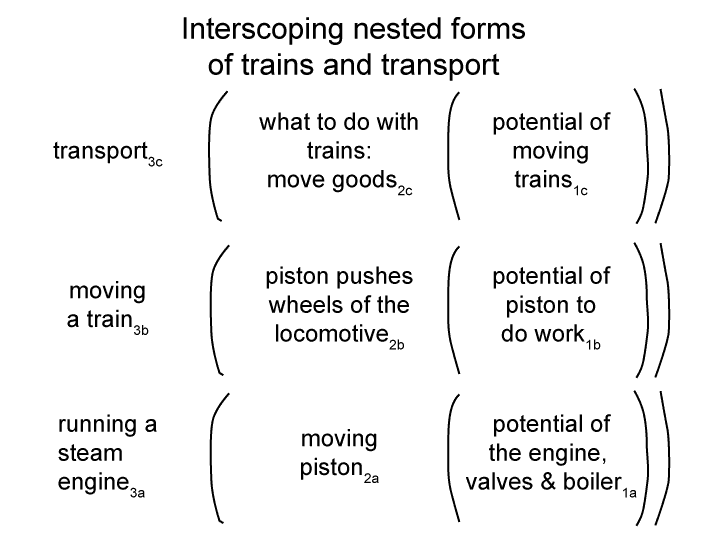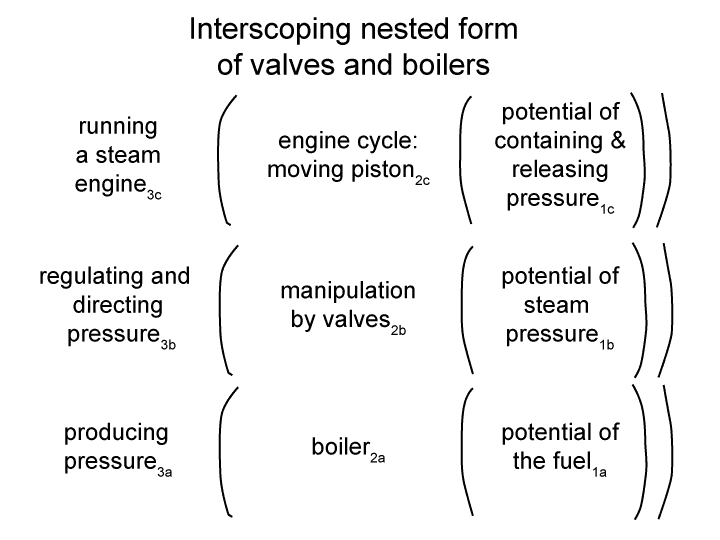Man and Sin by Piet Schoonenberg (1964) 2.3 K-2
[The word ‘locomotion’ is a mash of two words ‘location’ and ‘motion’.
It derives from the Latin words locus (or place) and motivus (causing to move).
Yet, the slang word ‘loco’ means ‘crazy’.
Freud’s model combines the two images by describing the human psyche in a fashion that matches an intersection. Consider the following two blogs.]




